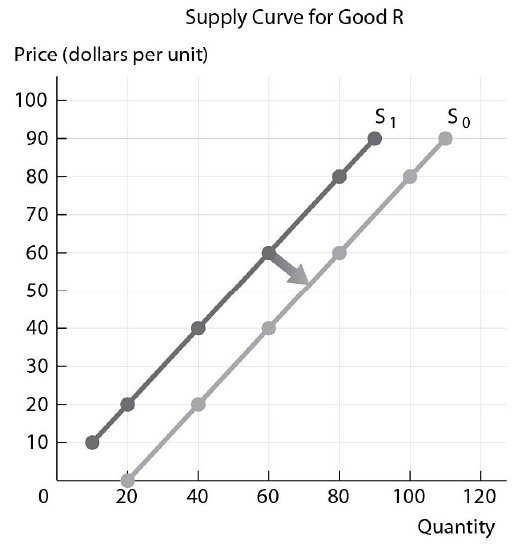The Monte Verde archaeological site in south-central Chile dates to at least 1,500 years before the Clovis people (which date to 13,250 B.P.). This evidence for the early occupation of southern South America, along with other lines of evidence, suggests that
A. the Clovis people were the first humans into South America.
B. Paranthropus boisei successfully made it to the Americas.
C. the first migration of humans into the Americas may date back 18,000 years.
D. the Clovis tradition, a sophisticated stone technology based on a sharp point fastened to the end of a hunting spear, was crucial for migration into South America.
E. the first migration of humans into the Americas made it there from Asia by crossing the Pacific in reed boats.
Answer: C
You might also like to view...
In addition to geographical separation, how do different dialects become completely different languages?
A) social restrictions preventing regular communication between the two groups B) intentional distinction by the speakers of the two groups C) educational differences between speakers of the two dialects D) religious beliefs restricting the use of one of the dialects
Refer to the figure below. Which of the following could have caused the shift in the supply curve?

A) an increase in the price of a substitute good in production
B) a decrease in the price of Good R
C) an increase in the price of a complement good in production
D) an increase in the expected future price of Good R
The Upper Paleolithic coincided with the last
a. ice age. b. thermo age. c. dinosaur. d. greenhouse effect.
Early rock art from Africa may be as old as ________ years
a. ?10,000 b. ?100,000 c. ?40,000 d. 28,000 e. ?68,000